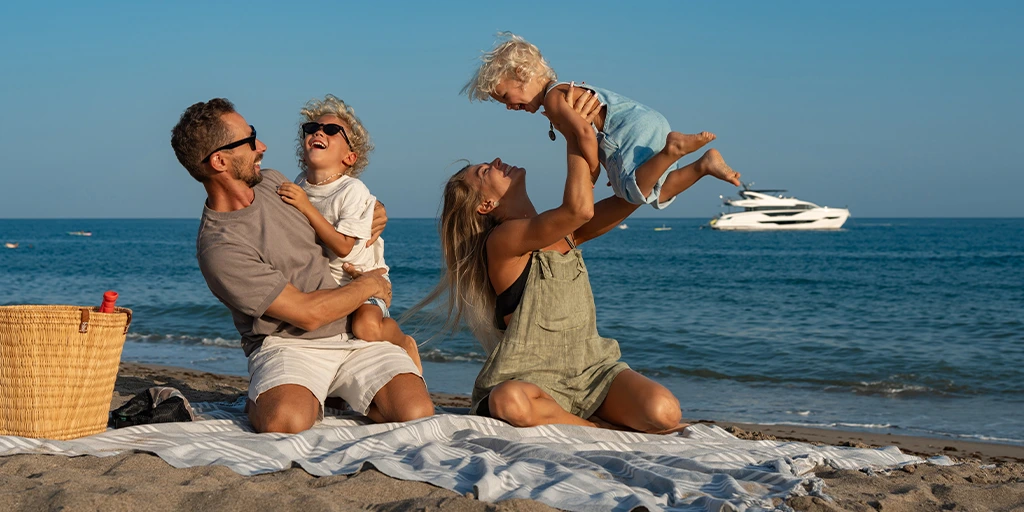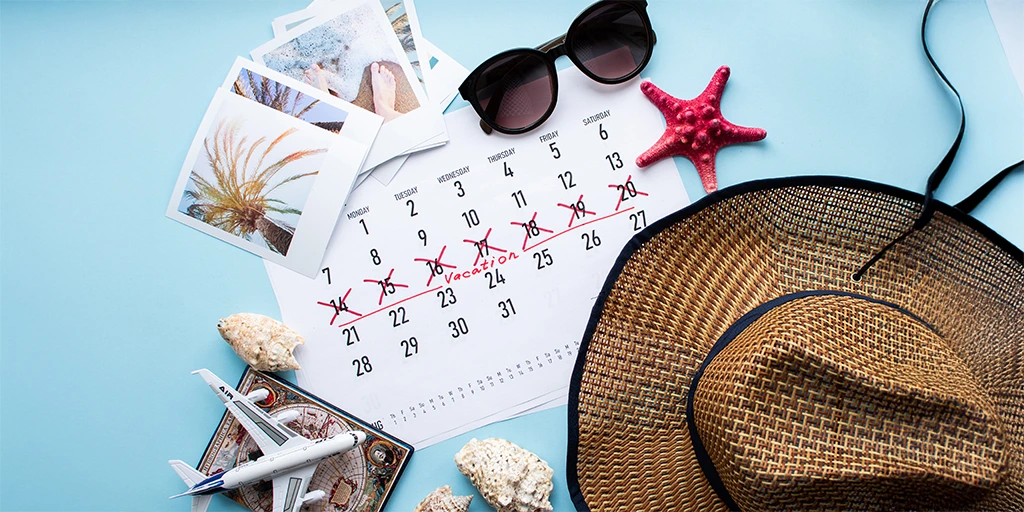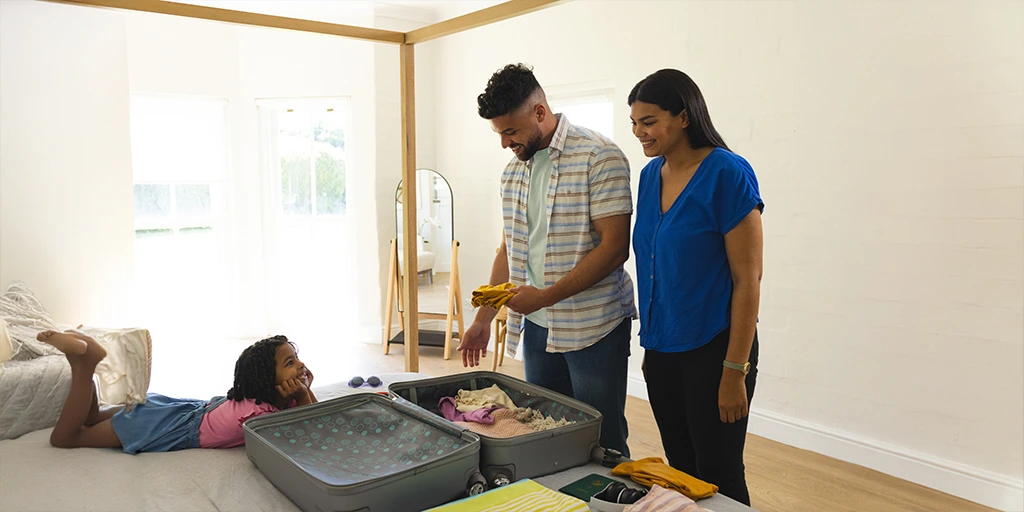How to Plan a Successful Vacation with an Autistic Child
Updated on June 25, 2025Preparation is the foundation of a successful trip when traveling with an autistic child. Travel certainly comes with its stresses (whether you’re autistic or not), but it doesn’t mean it should be avoided – after all, vacations make for beautiful bonding experiences and lifetime memories. But there’s a smart way to plan a trip with an autistic family member, and it involves tailoring your choice of destination, accommodation, and activities to his or her unique needs.
Understanding Your Child’s Needs
Since autism exists on a spectrum, each child has unique preferences, communication styles, and comfort routines. So when planning a vacation, always remember rule number one for families with autism: know your child. Avoid situations that you know will be a trigger, and aim for an environment that meets your child’s needs as much as possible. By picking the right setting, you’ll be ahead of the game before you even head out the door.

Choosing the Right Destination
To help you pick a place, think first about what your child doesn’t like. Does he or she dislike loud noise, physical contact, and waiting in line? Maybe avoiding Disney Land would be a good idea. Instead, a quiet campsite in beautiful nature could make for a great setting.
There are a number of resources that can guide you in planning a smooth vacation with an autistic family member. Autism Travel provides a list of locations and travel agents that it certifies as being autism-friendly. In addition, there are many destinations and cities that promote sensory-friendly facilities designed to support autistic people – all easily found on Google. Don’t forget to choose accommodations that offer any special dietary needs you may require, such as hotel rooms with a kitchenette and a close-by grocery store.
You may want to think twice about planning a vacation that focuses heavily on water activities, unless these activities are specifically designed for autistic people. This includes pools, lakes, waterparks, and even the beach. Water is particularly dangerous for people with autism, so by avoiding it, you reduce risks and increase peace of mind (which is what vacation is all about, after all).
Creating Predictability
Once you’ve chosen your destination, the next step for success is to properly prepare your family.
Autistic people do well with structure in their day-to-day activities, and a vacation naturally disrupts their schedule. The best way to handle this challenge is by discussing your trip far in advance. It can be helpful to count down on a calendar, and go over the travel itinerary with your autistic family member. You can use visual aids and other graphic presentations to share dates and details of what you are going to do on vacation. In general, a good tip for autism parenting is to create visual schedules that break down your vacation plans day by day, and are easy for your child to understand. Of course, bring these aids with you on the trip as well.

Planning the Journey
The next step is to prepare for the trip itself, whether that’s by car, plane, or train. If by car, think about the best time of day to hit the road (considering traffic, naptime, etc.) and plan for plenty of rest stops to eat, stretch, and use the bathroom.
If using unfamiliar transportation—like a plane or train—walk your child through the entire process in advance, possibly with a practice run. Visual aids help to illustrate what it’s like getting to the terminal, going through security, checking in, boarding, and departing. Prepare your autistic child that their ears may pop in an aircraft, and bring chewing gum if that helps. Be sure to notify the airline that your family includes a special needs person.
Regardless of the mode of travel, pack plenty of distractions, comfort items, snacks, and activities to help pass the time.
Navigating Public Spaces
Even in the best of plans, things can go wrong. Overstimulation, crowds, or unfamiliar settings may trigger a meltdown. If this happens:
- Remove them from whatever is causing stress by, for example, finding a quiet room or side street
- Take a break from your schedule and do something calming such as visiting a quiet park
- During your planning phase, build an exit strategy by knowing how to get away from crowded areas and quickly find transportation
Your child should always carry an autism travel card with emergency contact details and information about their condition.

Tools and Tech to Help
Never go on vacation without tools designed to ease the day for your loved one with autism and to keep them safe and secure. This ranges from high-tech gadgets like noise-canceling headphones to distractive sensory toys, and comfort objects like weighted blankets and fidget spinners.
The most essential item—at home or while traveling—is a wearable GPS tracker like AngelSense. AngelSense Assistive Technology which includes a GPS device, immediately reports if your child wanders, and shares their location with local authorities. Its automatic pickup speakerphone on the device lets you communicate with your child from afar. In an unfamiliar or overwhelming setting, such as on a vacation, these devices can mean the difference between holiday fun and disaster.
Go Easy on Yourself – And Have Fun
A well-planned vacation can be an enriching and joyful experience for the entire family. With the right tools, preparation, and a flexible mindset, traveling with your autistic child can be deeply rewarding. And remember: it doesn’t have to be “perfect” from start to finish for you to mark those special moments and celebrate those small wins.
Get peace of mind from AngelSense, the groundbreaking AI-based assistive technology designed to enhance safety and peace of mind for individuals with special needs and their families. Our solution ensures you stay connected with your loved ones, empowering a higher level of independence while maintaining safety. Learn more about how AngelSense can make a difference for your family.

